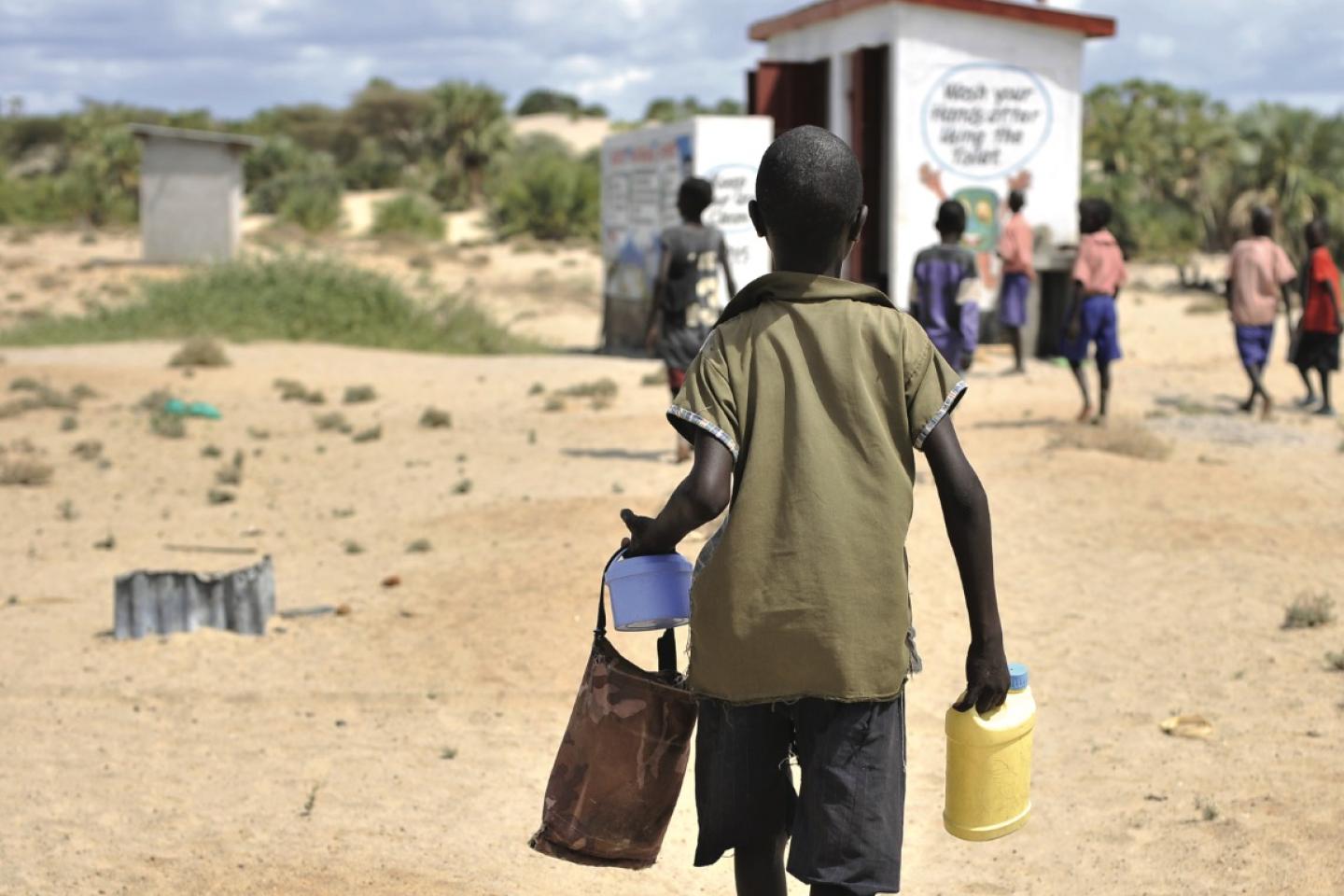Eight percent of Kenyans still defecate in the open, UN report shows

The challenge is most severe in rural areas, where the rate has fallen from 26 percent to 18 percent in nine years.
A new United Nations report has revealed that eight percent of Kenyans still practice open defecation, highlighting the slow pace of progress in sanitation despite notable gains over the past decade.
The latest Joint Monitoring Programme (JMP) findings, released by the World Health Organization and UNICEF, show that the number of people relieving themselves in fields, bushes, street gutters, water bodies, and other open spaces dropped from 12 percent in 2015 to eight percent in 2024.
Although this marks an improvement, the report cautions that Kenya is unlikely to achieve Sustainable Development Goal 6.2, which aims to end open defecation by 2030.
“At less than half a percentage point reduction per year, Kenya would need to more than double its efforts to reach zero by 2030,” the report states.
The challenge is most severe in rural areas, where the rate has fallen from 26 percent to 18 percent in nine years.
Nearly one in five people in rural communities still lack access to proper toilets. In comparison, urban areas have seen sharper progress, with open defecation declining from four percent to two percent over the same period.
A Kenya National Bureau of Statistics survey cited in the report shows Turkana as the worst-affected county, with 72.6 percent of households lacking sanitation facilities.
Mandera follows closely at 72.5 percent, while Marsabit and Wajir also report alarmingly high rates of 67.9 percent and 63.6 percent, respectively. Other counties where more than half of households lack toilets include Tana River, Bomet, Samburu, Elgeyo Marakwet, Narok, and Nyandarua.
By contrast, counties such as Kiambu, Nairobi, and Mombasa have nearly universal access, with 99 percent, 97.5 percent, and 96 percent of households using improved sanitation facilities, respectively.
Embu, Taita Taveta, and Murang’a were also recorded among the high-performing counties.
The report further notes that eliminating open defecation in Kenya will require at least 1.2 million new latrines by 2030, underlining the need for affordable sanitation solutions.
It adds that poor sanitation continues to cost countries billions annually in lost productivity, healthcare burdens, and slowed economic growth.
